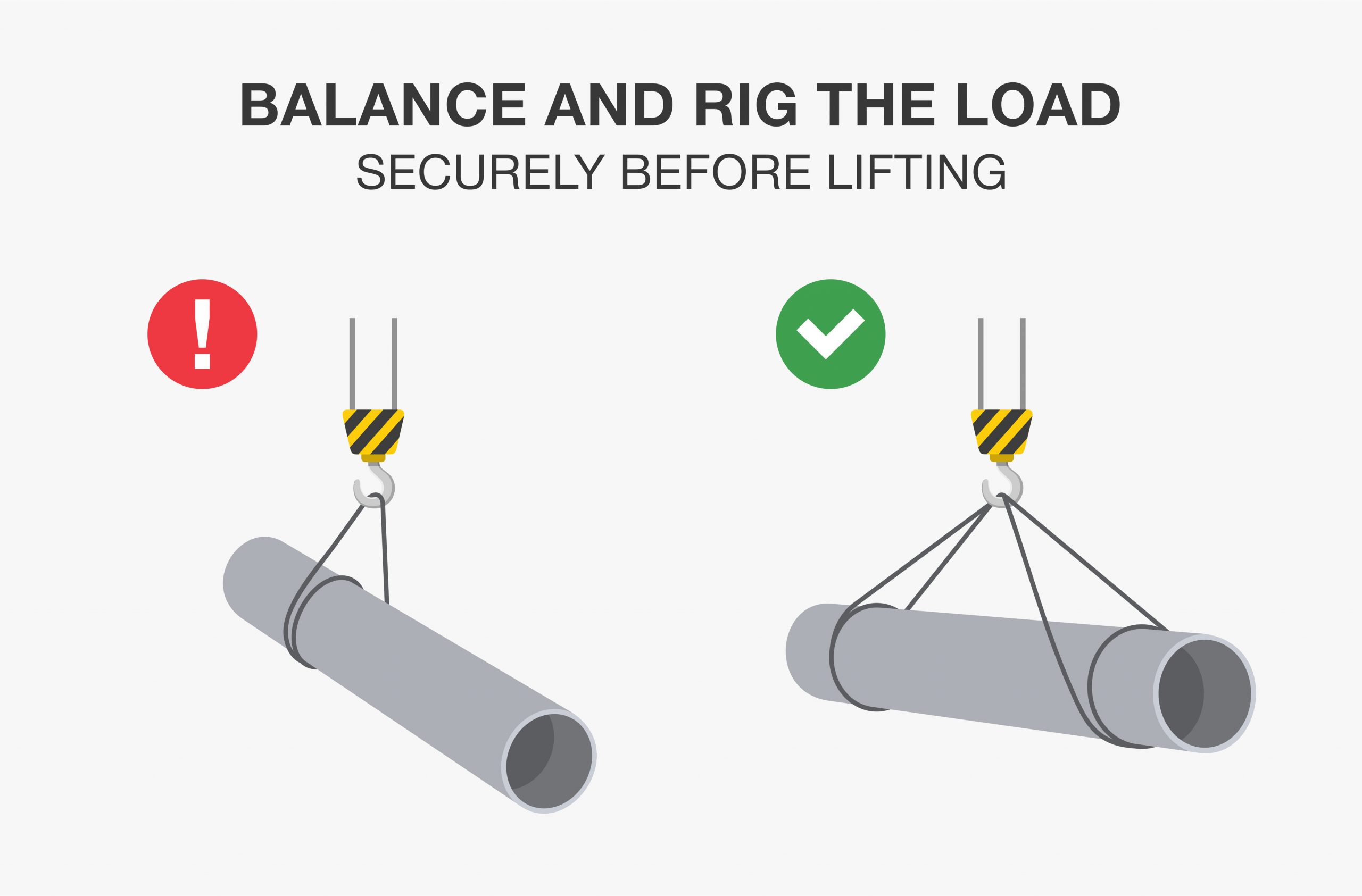In the dynamic realm of crane operations, achieving precision and efficiency is paramount. Load balancing emerges as a pivotal aspect, influencing the overall performance and safety of crane maneuvers. This blog post delves into the mastery of load balancing, shedding light on its significance, techniques, and the seamless orchestration it brings to crane operations.

Understanding Load Balancing in Crane Operations
Load balancing, in the context of cranes, refers to the equal distribution of weight across the lifting apparatus. This equilibrium is crucial to prevent overloading, ensure stability, and maintain the structural integrity of the crane. Achieving load balance involves a meticulous calculation of the load’s center of gravity, understanding the crane’s capacity, and employing counterweights strategically.
Significance of Load Balancing
1. Safety First
Load balancing is the linchpin of safety in crane operations. Overloading can lead to catastrophic failures, endangering both personnel and valuable equipment. By prioritizing load balance, operators mitigate risks, fostering a secure working environment.
2. Operational Efficiency
Balanced loads enable cranes to operate at their optimal capacity. This efficiency translates into faster and more accurate lifts, contributing to improved project timelines and overall productivity.
Techniques for Achieving Optimal Load Balancing
1. Pre-Lift Analysis
Before initiating any lift, conducting a comprehensive pre-lift analysis is imperative. This involves assessing the weight, dimensions, and center of gravity of the load. Such analysis informs operators about the distribution of counterweights required for a stable lift.
2. Real-Time Monitoring
Technological advancements have introduced real-time monitoring systems that provide continuous feedback on load distribution. Operators can make on-the-fly adjustments, ensuring balance is maintained throughout the operation.
The Role of Load Balancing in Complex Crane Operations
In intricate crane operations, such as tandem lifts or those in confined spaces, the mastery of load balancing becomes even more critical. Operators must factor in external variables, adapt to changing conditions, and ensure that each crane involved maintains equilibrium.
Conclusion
In conclusion, load balancing mastery is the cornerstone of safe and efficient crane operations. By prioritizing safety, operational efficiency, and employing advanced techniques, operators can navigate the complexities of various lifts with confidence.
5 Engaging FAQs:
Q1: Why is load balancing crucial in crane operations?
Load balancing is crucial as it ensures safety by preventing overloading, enhances operational efficiency, and contributes to the overall stability of the crane.
Q2: How can operators determine the center of gravity for a load?
Operators determine the center of gravity by conducting a pre-lift analysis, considering the weight and dimensions of the load.
Q3: Are there technological aids for monitoring load balancing in real-time?
Yes, modern cranes are equipped with real-time monitoring systems that provide continuous feedback on load distribution.
Q4: What challenges arise in tandem lifts that require specialized load balancing?
Tandem lifts pose challenges due to the need for synchronized load distribution between multiple cranes, demanding precise load balancing expertise.
Q5: Can load balancing techniques vary for different types of cranes?
Yes, load balancing techniques may vary based on the type of crane and the specific requirements of the lift, emphasizing the importance of tailored approaches.

